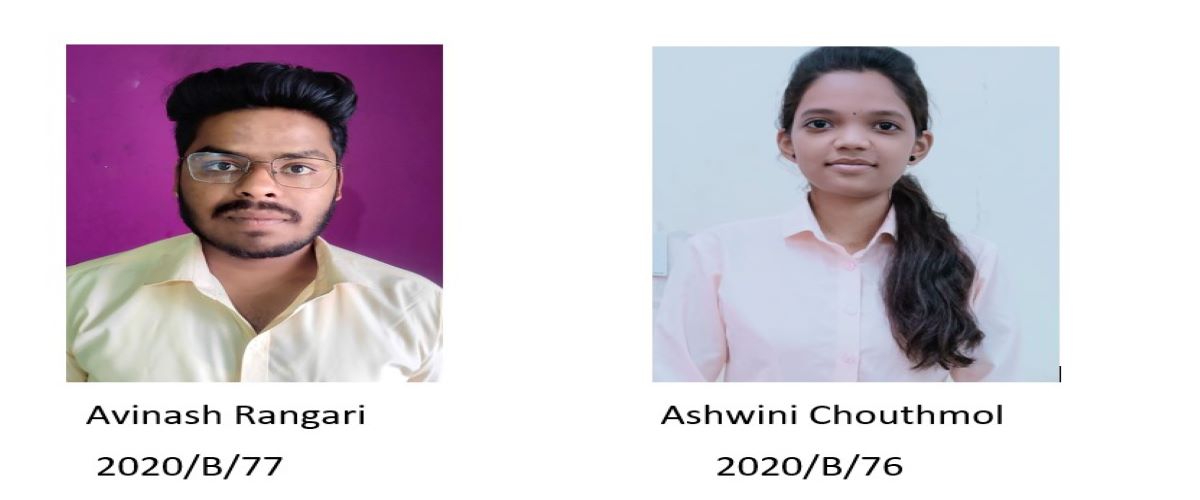Deep Learning based smart traffic light system using Image Processing with YOLO v7
|
Abstract |
1. Introduction |
|
India is home to 10% of all traffic deaths worldwide and has the second-largest road network in the world. Moreover, in smart cities, traffic congestion, pollutants, and noise pollution have increased due to a constant rise in vehicle kinds, technical problems with traffic signal management equipment, and inefficient road traffic management. Despite the fact that current traffic control systems rely on fixed time-based techniques, conventional traffic control systems are unable to manage the complicated traffic flow at junctions. Roadblocks increase mileage, increase transport costs, and pollute the air in addition to adding to the driver's stress and further delays. Therefore, we designed a smart traffic light management system employing the recently launched YOLO V7. The new version V7 of the YOLO algorithm outperforms all previous object detection models in both speed and accuracy. As it is the fastest and most accurate real-time object detection model hence it is the best algorithm to deploy in traffic controlling system. YOLO V7 is +120% faster than other previous models and shows the best speed to accuracy balance. |
Due to the unchecked increase in vehicle traffic in the modern world, a snarl of traffic has turn into a frenzied activity. The quantity of vehicles on the road each day greatly increases and thus causing a variety of problems. Though we have installed traffic control system like traditional traffic light systems are becoming inefficient in controlling the evergrowing traffic on the roads. In India, traffic congestion costs 1.47 lakh corer annually, according to a Boston Consulting Group analysis from 2018. Numerous studies have been carried out and is presently ongoing on the efficient traffic controlling systems. The development of intelligent traffic signal systems is one of the main areas of research. Therefore, we designed the deep learning based smart control of traffic light system using image processing with YOLO V7 [3].YOLO V7 is the most powerful object detection algorithm in 2022 as it is the newly launched version of YOLO architecture. It already becomes the industry standard for object detection surpassing the previous version YOLO V4. We will briefly go over the fundamentals of YOLO V7's operation and how it will be the greatest object detecting algorithm in this essay. After that we will discuss the methodology to implement this algorithm in traffic light control system and its advantages. |
|
2. Background |
3. Project Work |
|
A smart traffic light system is an intelligent transportation system that utilizes advanced technologies such as artificial intelligence, deep learning, and computer vision to optimize the flow of traffic on roads, reduce congestion, and enhance safety. One of the key components of such a system is image processing, which involves analyzing visual data captured by cameras installed at traffic intersections to detect and track vehicles, pedestrians, and other objects. Deep learning is a subset of machine learning that utilizes artificial neural networks with multiple layers to analyze and process complex data. YOLOv7 is an object detection algorithm that uses deep learning to detect objects in images and videos in real-time. YOLO stands for "You Only Look Once", which means that the algorithm processes the entire image in a single pass, making it very fast and efficient. In a smart traffic light system, YOLOv7 can be used to detect and track vehicles and pedestrians at traffic intersections. By analyzing the speed, direction, and volume of traffic, the system can adjust the timing of traffic lights to optimize the flow of traffic and reduce congestion. For example, if the system detects heavy traffic on one side of the intersection, it can adjust the timing of the traffic lights to give more time to that side and reduce wait times for drivers and pedestrians. Overall, a deep learning-based smart traffic light system using image processing with YOLOv7 has the potential to greatly improve traffic flow and reduce congestion, leading to safer and more efficient transportation systems. |
a) Capture Image: In this step image extraction is done from captured source in an order to convert it to a digital image and after that it is directly processed by YOLO V7 to analyze the traffic. b) Image and Video: In this step images are taken from real time videos and detect the objects in the images and after that it is processed by same YOLO V7 to analyze the traffic. c) Yolo V7 Algorithm: Now the YOLO V7 analyze the traffic on the basis of provided images from the image and video capturing devices and gives the results. d) Object observation Counting: Final count of vehicles is generated on which the programme decides what colour of light will be displayed on traffic lights. e) Performance traffic indicators: Finally, the lights are shown on the traffic light according to the situation (intensity of traffic). The whole process becomes very fast due to YOLO v7 algorithm as it detects the objects very fast and with high accuracy. |
|
4. Result |
5. Conclusion |
|
Image and video datasets are selected from cameras monitoring traffic. To produce remarkable datasets for the model’s effective training it crucial to select high quality, classbalanced photos. Thus, better metrics for performance are reached in order to extract the features from the picture and video datasets, CSP darknet-53 is used for object detection. Application of the YOLO v7 object identification technique using a neural network for traffic signal application. For the training of the model, a bespoke dataset comprising photos and videos of India road traffic with several distinct objects— including automobiles, trucks, two- wheelers, buses, micro trucks, people, bicycles, vehicles, and vans—is taken into consideration. A collection of images and videos was created in bad weather. At the intersection, a camera will be put in place for the purpose of taking pictures of the lane's real-time traffic. The acquired image is contrasted with the earlier, vacant lane image that was also captured. The image processing methods outlined above are used to establish the traffic density. Thus, we assign time for lanes and manage traffic lights based on percentage matching. To the traffic signal controller is provided the image percentage match. The time for each lane is determined by the controller based on the percentage match. The results are shown in figure 4 with python codes in background. From the results we can say that this proposed model works very well with high accuracy of 92%. Real time decisions are taken very fast and training and testing data size is 56%. |
we can say that the proposed traffic light system with YOLO V7 architecture works with 92% accuracy in managing and controlling the traffic. It is found that YOLO V7 outperforms all earlier item detectors across all conditions. The speed range starts at 5 FPS. to 160 FPS with highest accuracy compared to other object detector models. There are other application also of this algorithm in which security and surveillance, application in AI retail analytics, manufacturing and energy, designing of autonomous vehicles, visual AI in healthcare are among the most popular application. So, it can also be used in future applications. In YOLO v7, for training and testing data was use 56% Detection accuracy of vehicle is around 92%. |
|
6. Acknowledgement |
7. References |
|
I would like to thank my teachers, Prashant Pal, Shashank Kumar, Chaitanya Kadadas, and Saurabh Bhansod, for their guidance and support in completing my project and research paper on "Deep Learning based smart traffic light system using image processing with YOLOv7" Their expertise and encouragement were invaluable in shaping my understanding of the topic. I am also grateful to my colleagues and peers who provided feedback and suggestions, improving the project's quality. Lastly, I thank the institutions and organizations that provided resources and infrastructure for the research. Thank you all for contributing to the successful completion of this project and the publication of the research paper |
|
|
8. Developed by |
|
|
|
|













